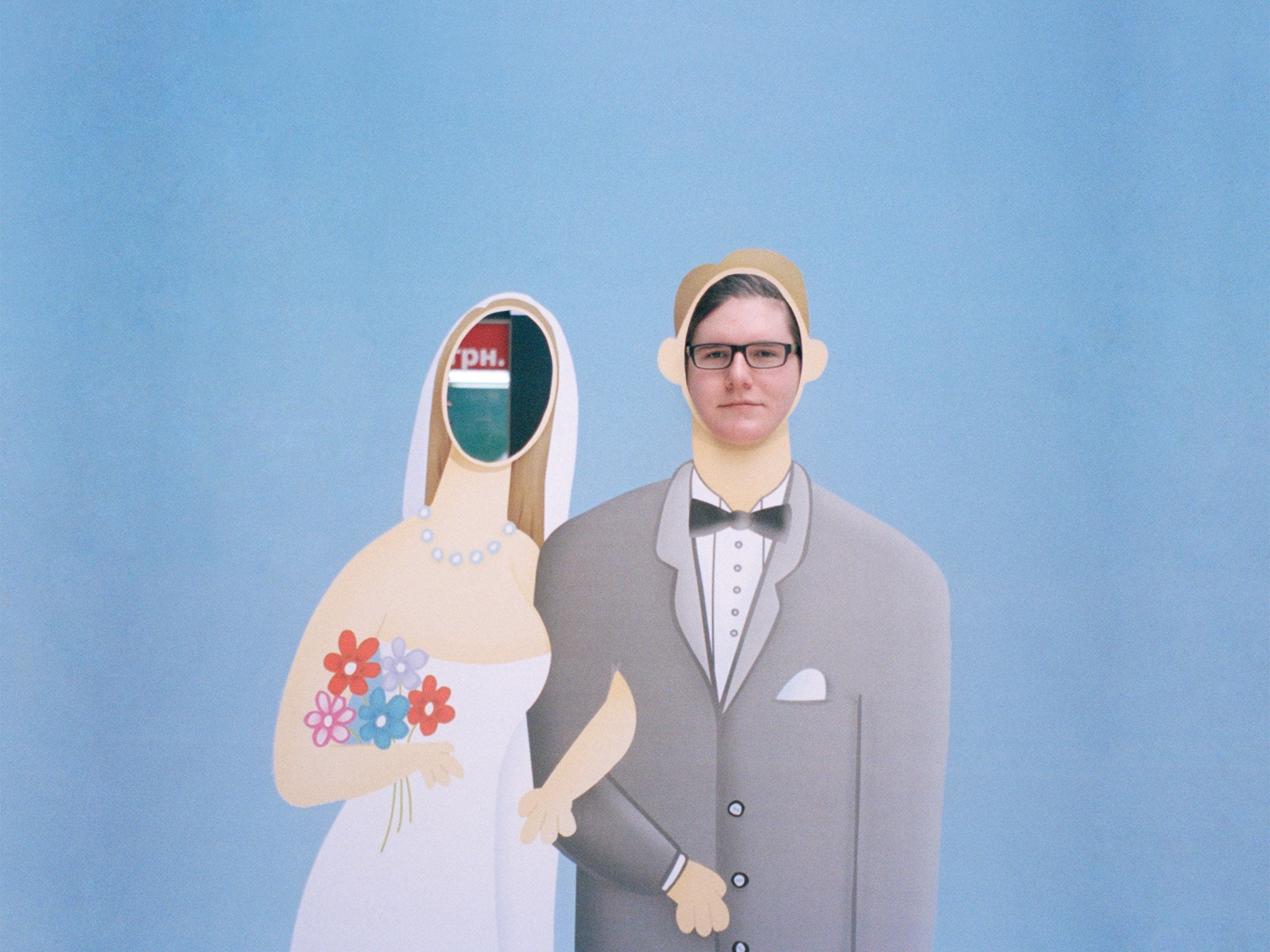Performing for the Camera at Tate Modern: The urge to put on a show in front of the lens pre-dates the selfie
Photography was never just about depicting the world as it is. From its earliest beginnings to the age of the selfie, the urge to put on a show for the camera has proved irresistible. And it has produced some of the art form's most astonishing images. John Walsh rubs his eyes

Your support helps us to tell the story
From reproductive rights to climate change to Big Tech, The Independent is on the ground when the story is developing. Whether it's investigating the financials of Elon Musk's pro-Trump PAC or producing our latest documentary, 'The A Word', which shines a light on the American women fighting for reproductive rights, we know how important it is to parse out the facts from the messaging.
At such a critical moment in US history, we need reporters on the ground. Your donation allows us to keep sending journalists to speak to both sides of the story.
The Independent is trusted by Americans across the entire political spectrum. And unlike many other quality news outlets, we choose not to lock Americans out of our reporting and analysis with paywalls. We believe quality journalism should be available to everyone, paid for by those who can afford it.
Your support makes all the difference.It was Christopher Isherwood, in Goodbye to Berlin, who declared: "I am a camera with its shutter open, quite passive, recording, not thinking." Even in 1930, Isherwood's view of what a camera does was outdated. Since the outset of photography, from the days of Daguerre and Fox Talbot, it had been used as an active, not passive, participant in the making of images.
In the right hands, the lens always did more than capture objective reality: it reinvented the real world, encouraged make-believe and improvisation, depicted impossible sights, and allowed artists (sometimes the photographers themselves) to perform through time in a sequence of poses and images, a prefiguring of cinema. You don't need to be an art lover to appreciate the games cameras can play. A new world of selfies and Instagram filters has shown a whole new generation of narcissists the deep joy of self-projection.
A new show at Tate Modern, curated by Simon Baker and sponsored by Hyundai Card, takes a startling look at the relationship between photography and performance, offering more than 500 art works from 150 years. Early stars are Harry Shunk and Janos Kender, a team who made photographic performances rather than just snapped photographs.
Their masterpiece was "Leap Into the Void", a photo of the avant-garde artist Yves Klein flinging himself from an upstairs window in a French suburb. Shunk-Kender actually filmed Klein with a team of helpers holding a safety blanket to break his fall, then spliced the image into a second snap of the street. The result was a collaborative artwork only the camera could have achieved.
They also recorded Klein's famous "Anthropometries of the Blue Period", in which the artist covered naked female bodies with blue paint and had the models writhe on canvasses. But the duo didn't just record the flesh-as-paintbrush event; they framed and composed, photographed textures and close-ups, cropped, enlarged and recropped the results, in ways that transcended Klein's own ambitions.
The range of the exhibition is eclectic. From Yayoi Kusama's shots of naked student demonstrations in 1968 (posing before a George Washington statue, or stamping on the face of Richard Nixon) to Cindy Sherman's moody recreations of Hollywood stills featuring her own face; from Eikoh Hosoe's expressionist 1971 photo-biography of an androgynous outlaw, Simmon: A Private Landscape, to the young Japanese girls artlessly waving to an anonymous camera, these are photographs that provoke and involve self-expression.
Some artists use the lens for satiric purposes: Boris Mikhailov snaps his friends acting out a pretend holiday in Crimea, while Romain Mader offers a romantic-seeming narrative of his search for a bride in the imaginary city of Ekaterina. There's a sense of genuine emotional hurt behind pictures of ritualised burnings, brandished guns, and isolated figures framed in scary New York roofscapes. It shows that, over a century and a half, the still camera has been more than a static recording device; it was a partner in a thousand dances, an active collaborator in a million arty rebellions.
'Performing for the Camera' runs at the Tate Modern, London SE1 from 18 February to 12 June. tate.org.uk
Join our commenting forum
Join thought-provoking conversations, follow other Independent readers and see their replies
Comments